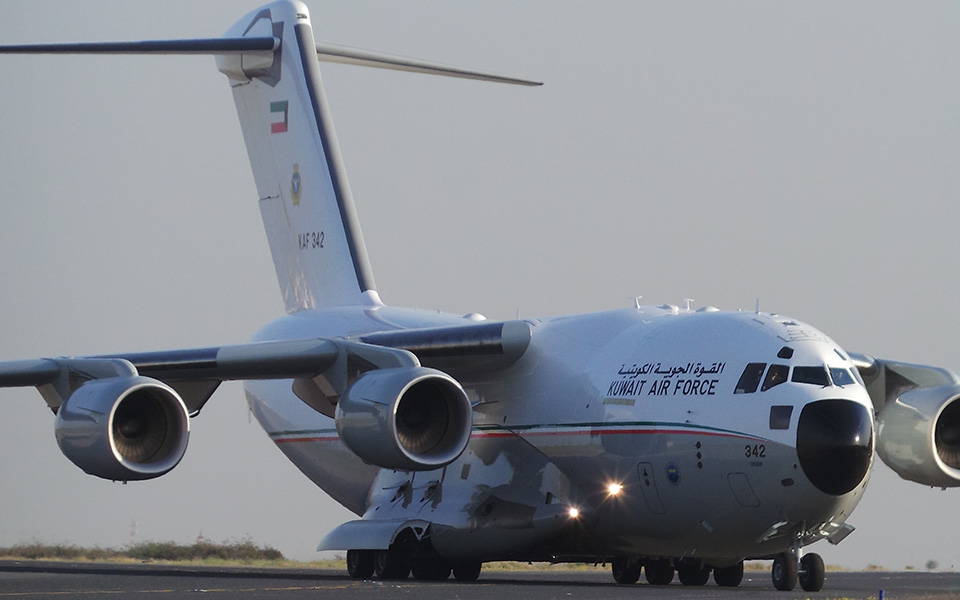Nilgiri
BANNED

- Joined
- Aug 4, 2015
- Messages
- 24,797
- Reaction score
- 81
- Country
- Location
Lets talk about stability and then controls.
Well there are three types of systems (1) stable (2) unstable ..... any guess... no
yeah (3) neutrally stable... Though the words are kind of self-explanatory but we need to define them clearly
- Stable System: A system is considered stable that has tendency to return its equilibrium state (e.g. mean position) after being disturbed see figure below also take the example of a pendulum which starts to oscillate if disturbed but finally it will stop and return to its equilibrium position
- Unstable System: contrary to the stable system does not return to its equilibrium position. For example if you have balanced a stick on your hand and if someone disturbs it, it will immediately depart from the equilibrium position and fell down. A type of inverted pendulum. See fig below
- Neutrally Stable System: a system that neither returns to its original position nor becomes unstable rather attains a new equilibrium state then the applied force is remove is called neutrally stable system. An object lying on a flat surface if disturbed moves to a new position and gets stops there, then that is the new equilibrium position. See fig below
Good to see update after a long break





